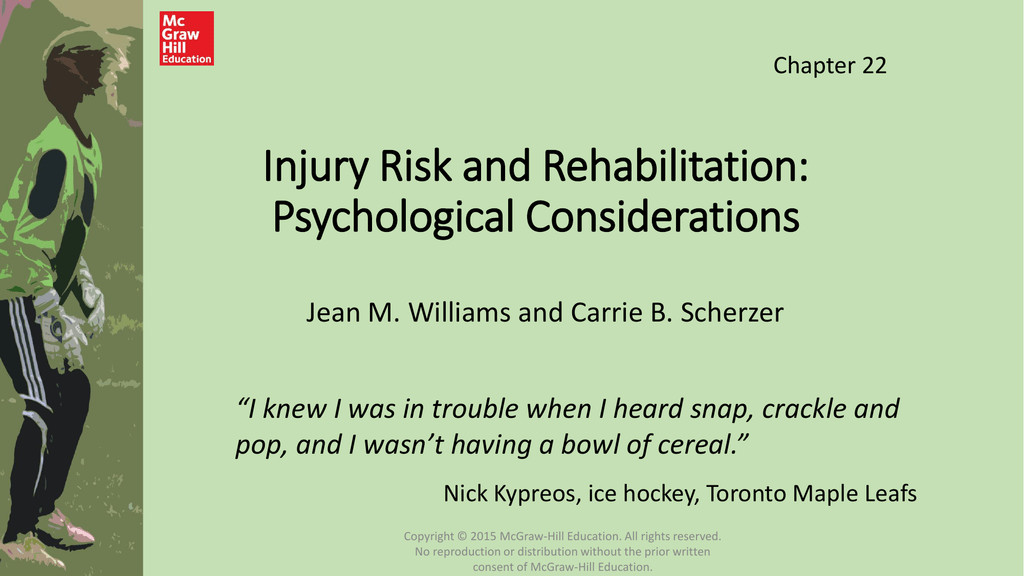The state has announced plans to tear down the sprawling facility in Crest Hill, near Joliet, and build a new prison on the Stateville site as part of a nearly $1 billion project that would also include demolishing Logan Correctional Center in downstate Lincoln, a women’s prison, and possibly rebuilding it on the Stateville grounds.
“Right now there’s over 420 residents at Stateville who are at risk of dire injury due to the structural vulnerabilities, degradation and deterioration of those buildings that put them at risk of serious physical injury or even death,” attorney Heather Lewis Donnell said in a news conference at the law firm Loevy + Loevy. “While the motion is premised on these decaying buildings, we also know that every condition at Stateville — the water, the excessive temperatures, heat and cold, the vermin, the birds — are all exacerbated and compounded when the structure is not secure and when it is vulnerable.”
The state’s project to tear down and rebuild the two prisons is expected to take three to five years. In addition to the lack of a start date, state officials have not laid out a plan for how those housed in the prison will be handled during the transition.
The motion filed Wednesday asks the court to direct the Illinois Department of Corrections to come up with a plan “that details the transfer of all (plaintiffs) from Stateville to another facility and/or their release by August 12.” The motion also calls for the court to direct IDOC “to transfer and/or release all (plaintiffs) from Stateville by no later than September 20.”
An IDOC spokesperson declined to comment on the motion. State officials have said the process of closing Stateville could begin as early as September.
At Wednesday’s news conference, former Stateville inmates shared complaints about the prison’s conditions that included falling concrete, electrical outages and a lack of ventilation amid excessive heat.
Advocates say some of those conditions contributed to the death of 51-year-old Michael Broadway, who was incarcerated at the facility and died during a June heat wave. The Will County coroner’s office has not released a cause of death for Broadway, who graduated last year from Northwestern University’s Prison Education program.
“I know from my experience, the heat, the way it was, and Michael having passed perhaps due to the heat, I really want to see that Stateville is closed and that no other harm comes there,” said James Soto, who was incarcerated for more than 40 years after being wrongfully convicted in a 1981 double homicide before being released from the prison last year. “This is really a public health issue, a safety issue of those that are in there.”
Benard McKinley, who was also formerly incarcerated at Stateville, said the prison has “so many inhumane conditions” that it has to close.
“When that water comes down and goes for that foundation it creates what is called ‘black mold,’ so when you go in these cells and you have black mold in your cells, they contribute to respiratory issues,” McKinley said, noting Broadway’s respiratory problems. “These conditions is pure torture.”
The court motion describes floors, beds and sinks “covered in bird feathers and excrement” and discolored, bad-smelling drinking water from faucets.
“Although some repairs have been made at Stateville, the facility continues to be extremely dangerous,” according to the motion. “The structural damage and disrepair to Stateville’s many compromised buildings pose an ongoing risk to (plaintiffs), as well as those employed there.”
In one of the footnotes of the motion, plaintiffs alleged the state has stopped investing in “quality care for the living and common areas” and that since Gov. J.B. Pritzker announced the plan to close the prison, “staff has stopped coming to work or has refused to do their jobs while at the prison, leaving (the plaintiffs) to suffer in abject conditions.”
Asked about the court motion at an unrelated news conference on Wednesday, Pritzker said the safety concerns at Stateville “are the very reasons why we’re taking action to replace Stateville and Logan and why we’re going to have to continue to make upgrades and changes in our Department of Corrections.”
But he stopped short of offering specifics as to when Stateville could be shut down.
“We want to make sure that we’re doing it in the right way, in the way that keeps people safe but also moves us forward with the broader plan with the Department of Corrections,” Pritzker said.
Meanwhile, the American Federation of State, County and Municipal Employees Council 31, a union that represents IDOC employees, disagreed with the idea of relocating people incarcerated at Stateville at this time. Instead, the union said it supports building a new prison on the Stateville grounds while keeping the current facility open during construction and continuing to make repairs as needed.
“We have not seen any sound rationale for beginning to move individuals in custody out of Stateville Correctional Center. There is no evidence that these individuals would be safer elsewhere in the system,” AFSCME said in a statement. “Deferred maintenance is a problem throughout the Department of Corrections, as are staffing shortages and outbreaks of violence.”
Inmates Fear for Their Safety
The motion for transfer or release follows the death of Michael Broadway, who was incarcerated at Stateville and died during a June heat wave. The Will County coroner’s office has not released a cause of death for Broadway, but advocates say the prison’s conditions contributed to his death.
“The unlivable conditions at Stateville—including extreme temperatures, poor ventilation, and airborne and waterborne contaminants—likely played a role in his death,” the news release from Loevy and Loevy said.
Inmates and former inmates at Stateville have described dangerous conditions, including falling concrete, electrical outages and a lack of ventilation amid excessive heat. The motion alleges that the prison is crumbling amid over $250 million in deferred maintenance and has extreme temperatures, unsafe drinking water, mold and vermin. The quarter house, which was built in the 1920s and houses most of the inmates, has concrete falling from the walls, the law firm said.
“More delays invite serious injuries and possible death,” attorney Heather Lewis Donnell said in a news release.
Stateville's Future Uncertain
Gov. J.B. Pritzker has announced a plan to close and rebuild Stateville, but the timeline for the project is unclear. The motion calls for the state to come up with a plan to transfer or release all inmates by September 20.
The Illinois Department of Corrections has previously indicated operations at Stateville are expected to begin to wind down no earlier than Sept. 13, which is 180 days since it filed its closure notice, according to WTTW.
The plans face significant opposition from surrounding communities and AFSCME, the union that represents most correctional officers and other prison workers, though they all agreed that the facilities’ need for improvements was dire.
The Human Cost of Neglect
The motion highlights the human cost of neglect in the state’s prison system. Inmates are living in dangerous and unsanitary conditions, and their health and safety are at risk. The case is a reminder that prisons are not just buildings; they are places where people live and work, and their well-being must be a priority.
This is a developing story. We will continue to update this article as more information becomes available.

















